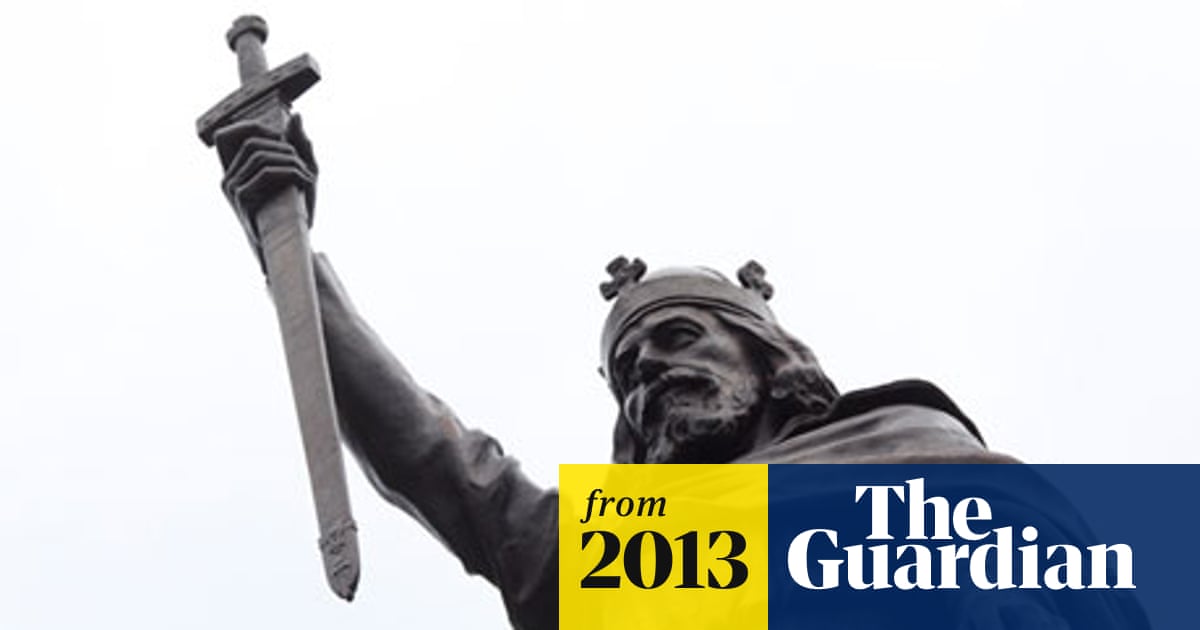I suppose that would be the downside of having doubles - the king is more protected but if the rumour gets among his own troops that he is dead, then he has to do something.
The only English king I can recall using doubles in a battle - or at least others wearing his heraldic blazons was Henry IV at Shrewsbury.
There is no indication that Richard ever resorted to such tactics, which I think he would have regarded as deeply dishonourable.
Phil
PS: Monty will contact you at the weekend by PM.
The only English king I can recall using doubles in a battle - or at least others wearing his heraldic blazons was Henry IV at Shrewsbury.
There is no indication that Richard ever resorted to such tactics, which I think he would have regarded as deeply dishonourable.
Phil
PS: Monty will contact you at the weekend by PM.





Comment